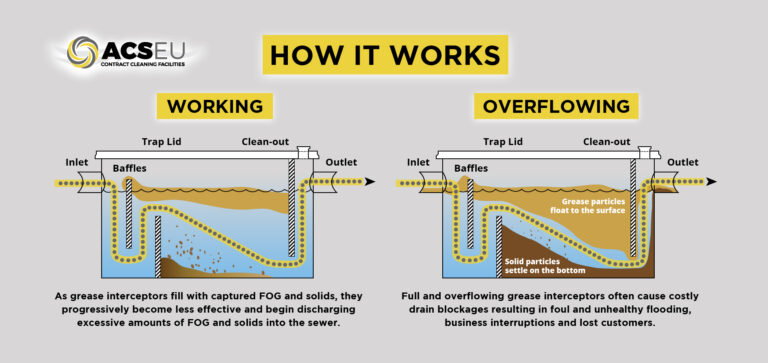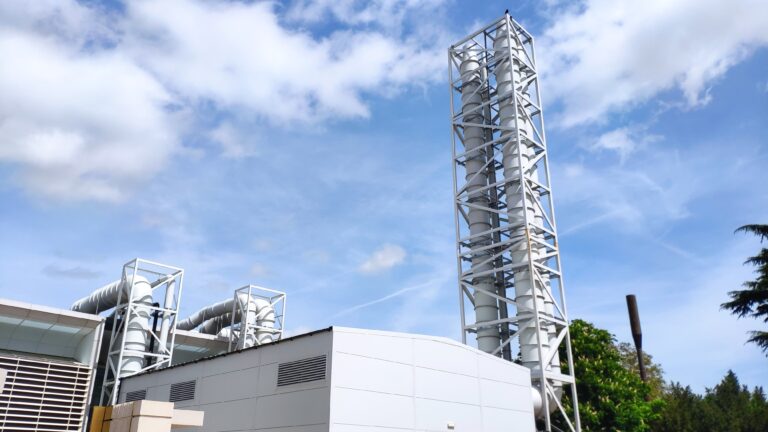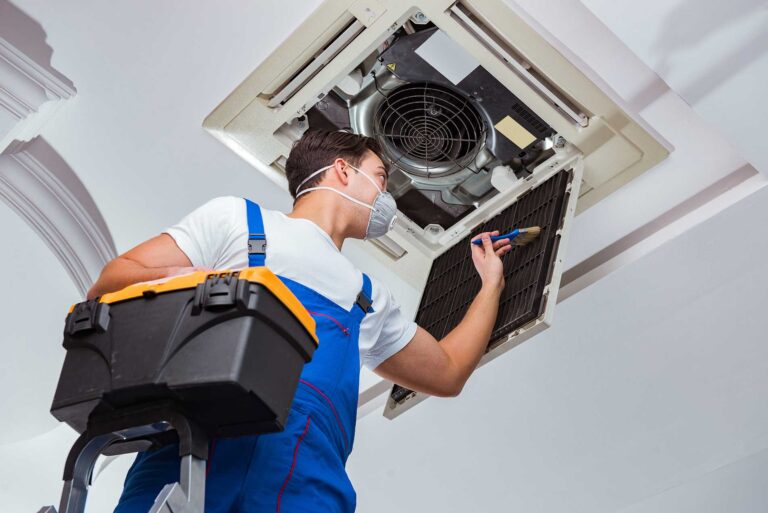Meta Cunder Balzanti, Sustainability Officer
Aalberts Integrated Piping Systems
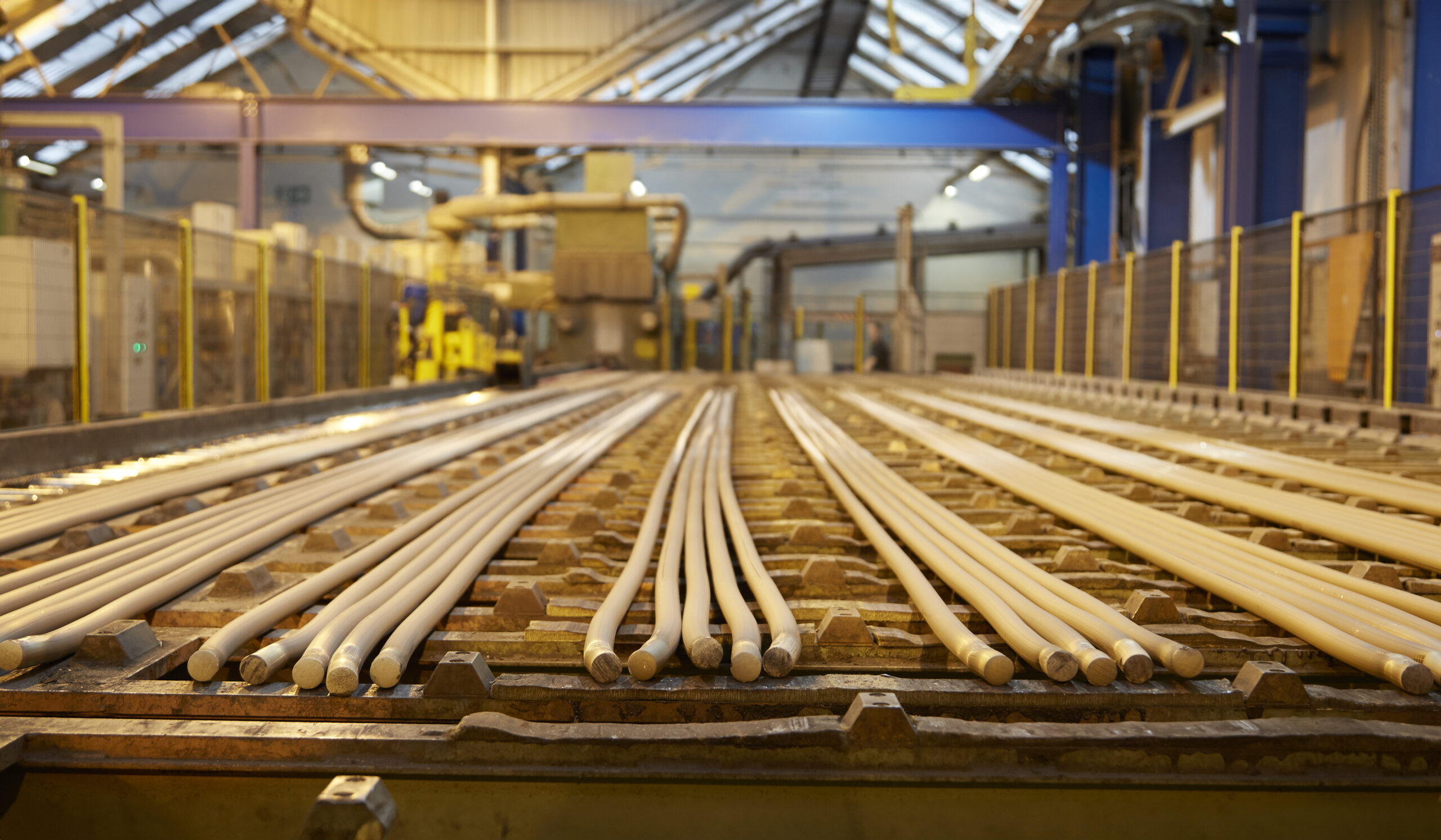
The drive for Net Zero: A Manufacturer’s perspective
Meta Cunder Balzanti, Sustainability Officer for Aalberts Integrated Piping Systems, explains how manufacturers can adapt to the low carbon future.
The global push towards net zero emissions is transforming industries, with manufacturers taking on a critical role in this shift. Growing sustainability demands has led companies to create roles like Sustainability Officers.
This move reflects broader trends in the manufacturing sector, where reducing embodied carbon, increasing energy efficiency, and enhancing green skills have become essential for aligning with environmental goals.
Sustainability in manufacturing
Traditionally, environmental efforts in many manufacturing companies have been overseen by safety, health, and environmental (SHE) managers, who focus on maintaining compliance and certifications like ISO14001.
However, with the growing need to address broader environmental challenges—particularly in reducing embodied carbon and improving product sustainability—companies need a more focused approach.
For businesses seeking to enhance their sustainability focus, an important first step is appointing a role or team specifically tasked with driving these initiatives. Companies should look beyond compliance and focus on proactive measures like:
- Appointing sustainability officers or teams: A clear focus on sustainability is essential to systematically address carbon reduction, life cycle impacts, and other environmental goals.
- Engaging third-party expertise: Utilising external experts or frameworks like CIBSE TM65 for calculating embodied carbon or conducting Life Cycle Assessments (LCAs) can provide robust environmental data.
- Publishing Environmental Product Declarations (EPDs): This transparency helps stakeholders make informed decisions and is becoming an industry expectation.
These practices are not just for large companies. Small and medium-sized enterprises (SMEs) can also adopt tailored sustainability roles and utilize accessible third-party sustainability tools to start their journey.
Like many manufacturers, Aalberts IPS UK identified Scope 3 emissions — those produced by suppliers and customers — as the largest component of its carbon footprint. By joining platforms such as Sedex, which monitors supply chain sustainability, we began working to improve the environmental and social impacts of their entire supply chain.
For businesses in any sector, understanding and addressing Scope 3 emissions can be daunting but is crucial for meaningful progress toward net zero.
Tackling Scope 3 emissions
- Supply chain engagement: Build partnerships with suppliers that prioritize sustainability and encourage them to adopt green practices. Consider joining supply chain sustainability networks or using monitoring platforms.
- Supplier audits and reporting: Regularly assess your suppliers’ environmental impact and work with them to make improvements.
- Supplier incentives: Consider incentivising sustainability within the supply chain by giving preference to low-carbon or certified suppliers.
Additionally, packaging sustainability and environmental reporting, such as the Plastic Packaging Tax, Extended Producer Responsibility (EPR), and the Carbon Border Adjustment Mechanism (CBAM) initiatives play a key role in internal data collection and monitoring to ensure compliance and reduction of environmental footprint and waste.
Energy efficiency: Reducing the carbon footprint
Energy efficiency is another cornerstone of net zero strategies. For manufacturers, improving energy efficiency can lead to substantial reductions in their carbon footprint while delivering significant cost savings.
Investments in renewable electricity, optimized space heating controls, LED lighting, and production process improvements can all aid in reducing on-site emissions.
But energy efficiency shouldn’t and doesn’t stop at the factory floor.
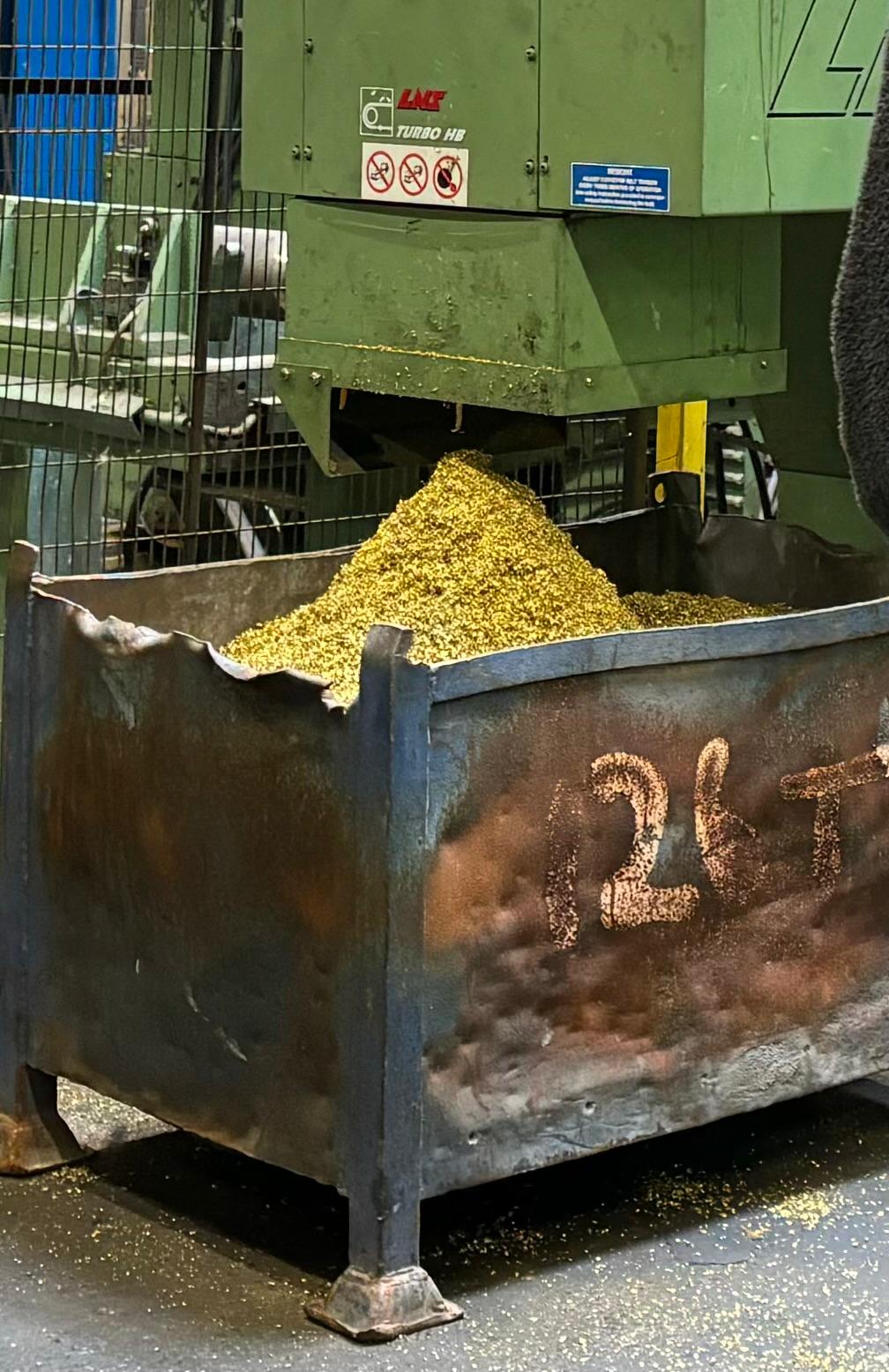
Product offerings should also by designed with energy efficiency in mind, ensuring that customers benefit from reduced energy consumption over the product’s lifetime. This, in turn, supports broader industry efforts to minimise carbon emissions across construction, infrastructure, and industrial sectors.
It is essential that customers are well-informed about the performance potential of the products they purchase. In the realm of water transportation and control systems, products like thermostatic radiator valves and pressure-independent control valves can offer substantial savings when installed and utilised correctly.
These products, if used correctly, could contribute to reduced energy use in various industries, but the extent of their actual impact in the field depends on how they are installed and maintained.
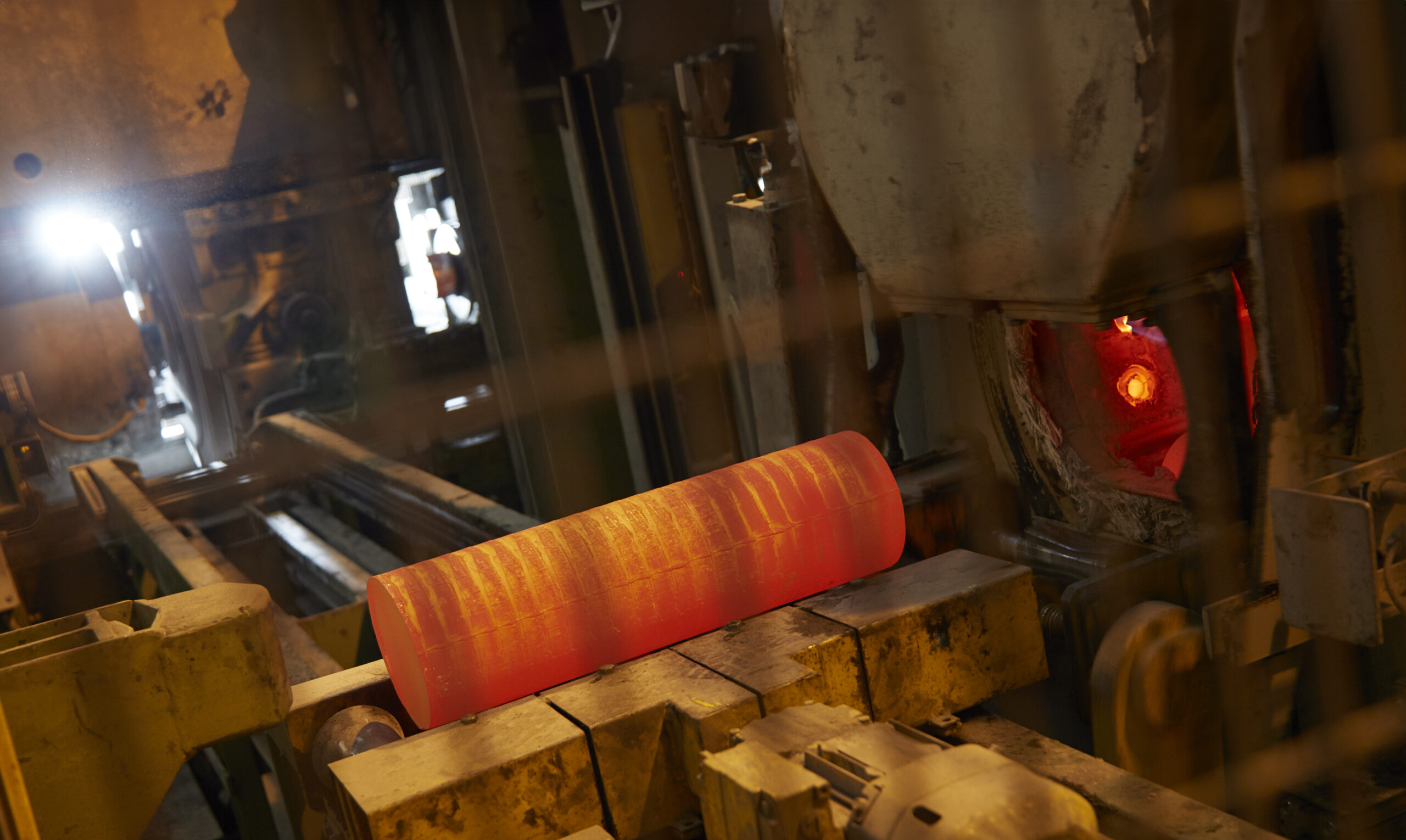
The importance of green skills in the transition to net zero
While technology is a vital enabler of net zero ambitions, the transition will only succeed with a workforce and customer base equipped with the necessary green skills. The development of these skills a critical part of the sustainability journey.
It’s not enough to simply create sustainable products; all stakeholders must be educated and empowered to understand the environmental impact of the products they work with and the processes they manage.
- Internal green skills development: Integrate environmental education into training programs for all employees, ensuring they are equipped to understand the sustainability impacts of the products and services they handle.
- Customer training: Offer educational opportunities for customers to better understand sustainability topics, such as embodied carbon and EPDs, through Continuing Professional Development (CPD) programs. This can foster more informed decision-making and help customers use products more effectively.
- Collaborate with training platforms: Partner with industry bodies or sustainability-focused learning platforms to provide employees and customers with targeted education on sustainable practices.
Promoting sustainability transparency
Transparency is a critical component of driving sustainability. Offering easy access to product environmental data, such as EPDs or embodied carbon declarations, can empower customers to make more informed decisions.
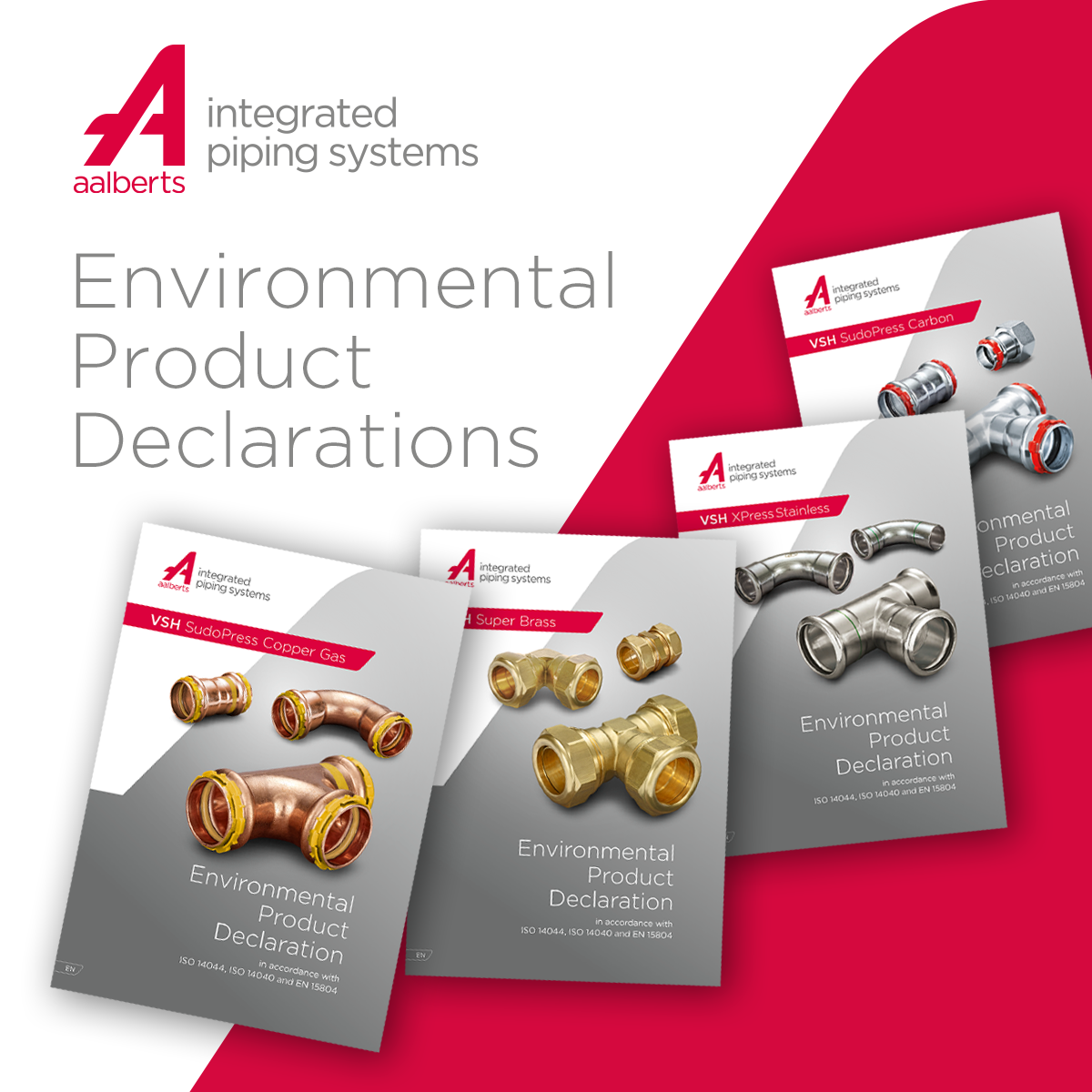
However, the challenge remains in ensuring that these customers understand and use the data effectively.
- Simplify sustainability data: Make environmental data easily accessible and user-friendly
- Educate customers on EPDs: Help customers understand how to interpret sustainability information, including the critical assumptions behind life cycle assessments (LCAs) and embodied carbon figures. This will enable them to make better decisions about product sustainability.
- Lifecycle considerations: Encourage customers to look beyond single metrics and consider the entire lifecycle of a product, including service life and long-term performance, when evaluating sustainability.
Sustainability as a mindset, not a tick-box exercise
Sustainability isn’t just a short-term goal or a box-ticking exercise —I t’s a fundamental mindset embedded throughout the organisation.
This philosophy extends from manufacturers to customers as well. Achieving sustainability certifications like BREEAM or conducting whole-life carbon assessments shouldn’t be reduced to simply requesting an EPD without fully understanding it.
Too often, an EPD is requested but not carefully reviewed, with critical factors like service life or LCA assumptions overlooked. A single carbon figure doesn’t tell the whole story.
Some of our products may appear to have higher embodied carbon at first glance, but due to their long service life and superior quality, they can often be the better choice when considering the entire lifecycle of a building. IT is crucial the people understand what EPDs are and how to read them critically.
Conclusion
The drive for net zero is reshaping the manufacturing sector. By focusing on reducing embodied carbon, improving energy efficiency, and enhancing green skills, businesses can contribute to global climate goals. However, the road to net zero is complex and will require ongoing innovation, collaboration, and education.
As the journey towards net zero continues, the manufacturing sector must balance compliance with deeper, more comprehensive sustainability practices. Ongoing innovation and collaboration will be critical, as manufacturers navigate the evolving demands of a more environmentally conscious market.

